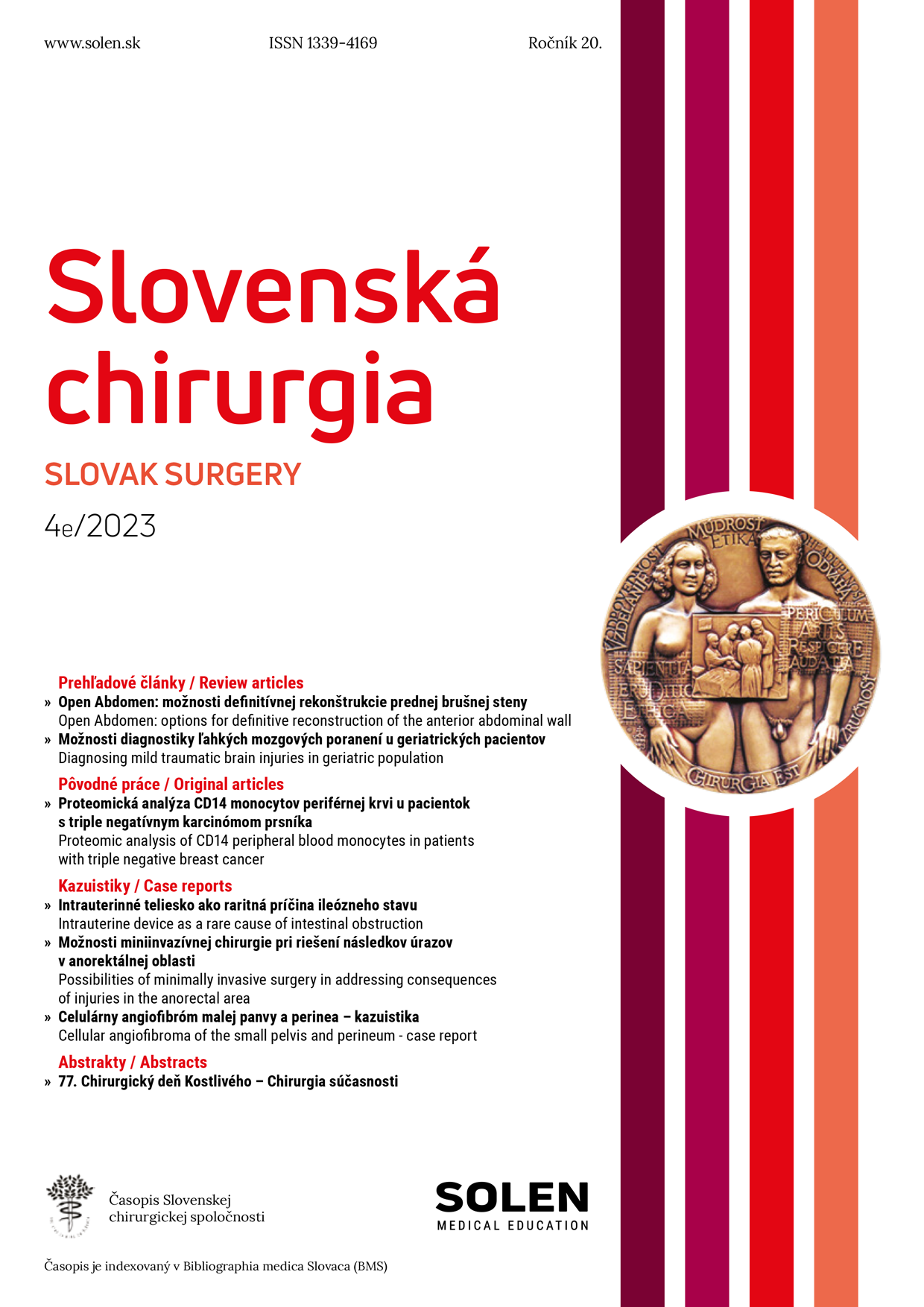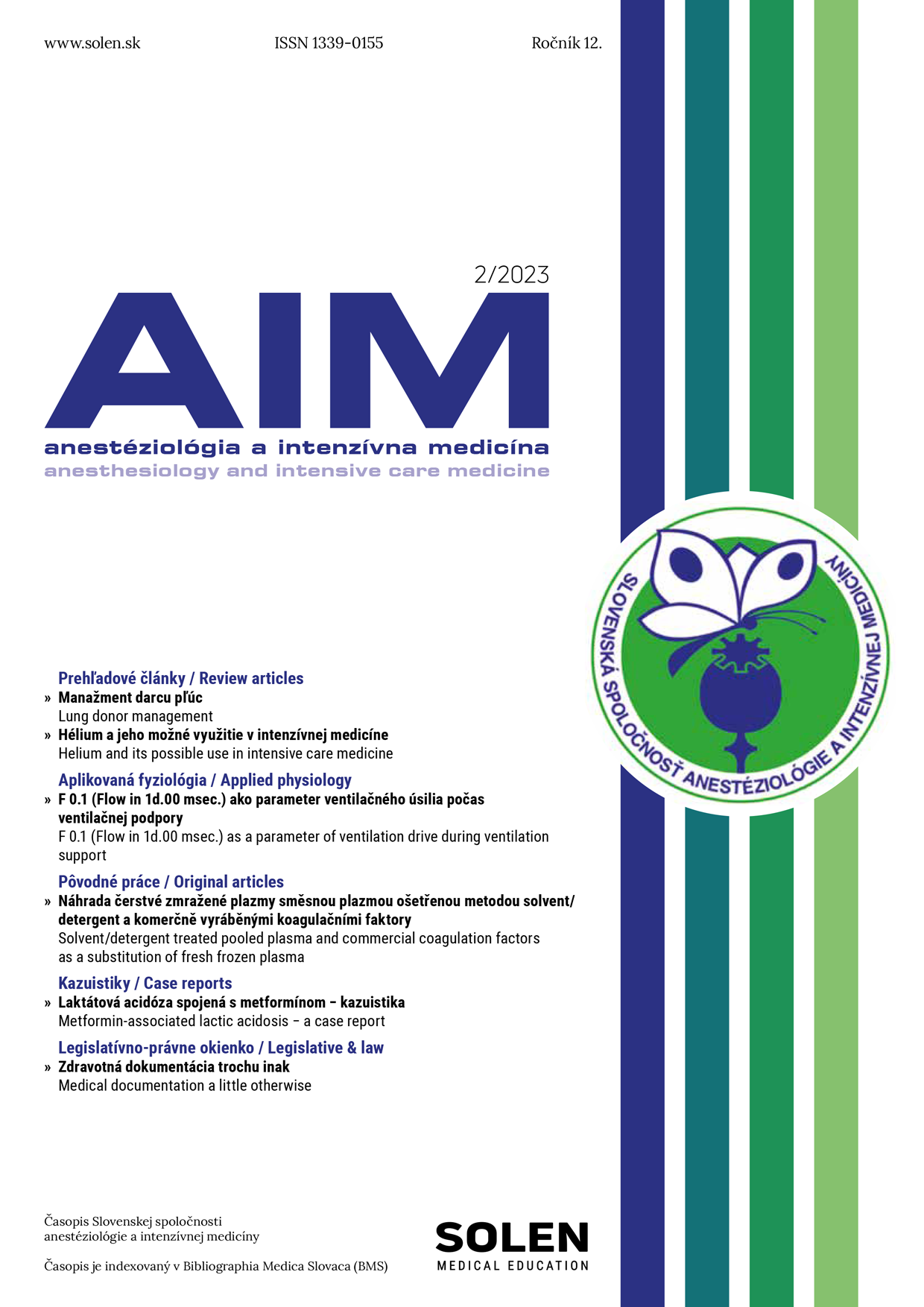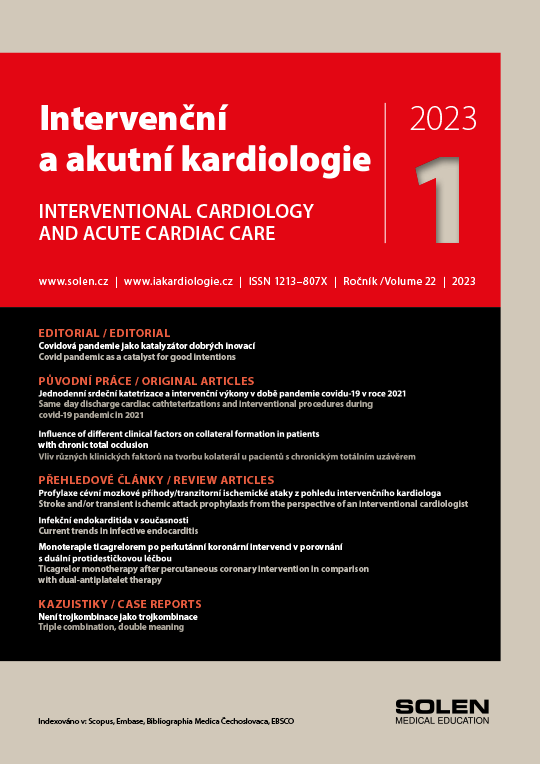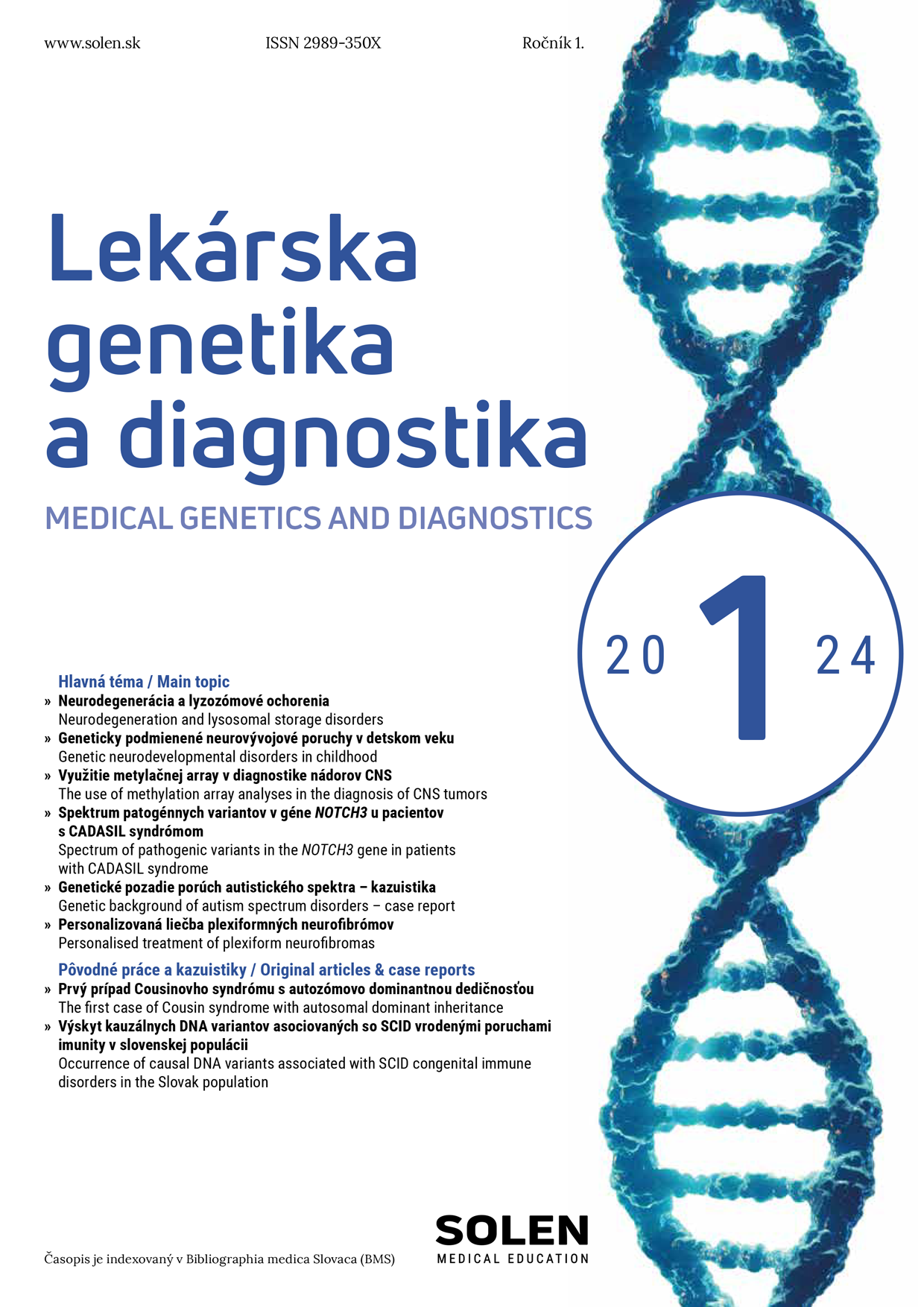Neurológia pre prax 1/2009
Manitol, hypertonický NaCl a kortikoidy v léčbě nitrolební hypertenze
Používání osmoticky aktivních látek a glukokortikoidů v léčbě nitrolební hypertenze je běžné pro každého neurologa – jde o látky zavedené do praxe před více než půl stoletím a rozsáhlá literatura, podporující v této indikaci jejich použití, je přesvědčivá. O to více je zajímavý fakt, že dosud zdaleka neznáme přesný mechanizmus jejich účinku a pro osmoticky aktivní látky neexistuje ani shoda o ideálním dávkování, načasování léčby a účinnosti v různých ndikacích. Přesto jsou všeobecně přijímány a praktikovány zavedené léčebné algoritmy. Stručně shrneme aktuální poznatky a praktické postupy v léčbě nitrolební hypertenze uvedenými látkami a poukazujeme i na některé běžně akceptované fikce, které možná nemají reálný podklad.
Kľúčové slová: manitol, hypertonický NaCl, kortikoidy, nitrolební hypertenze.
Mannitol, hypertonic saline and corticoids in the treatment of intracranial hypertension
Every neurologist is familiar with usage of osmotically active substances and glucocorticoids in the treatment of intracranial hypertension – these medicaments were introduced into clinical practice more than 50 years ago and the abundant literature supporting their role in this indication is convincing. Bearing this in mind, it is even more interesting that we still don’t know the precise mechanism of their action and there is no consensus regarding the ideal dosage of osmotically active substances, timing of treatment and their effectiveness in different indications. Established treatment algorithms are, however, universally accepted and practiced. We briefly summarize the current state of knowledge and practical approach to the management of intracranial hypertension using the above substances and we also point to certain widely accepted fictions that probably lack any rational background.
Keywords: mannitol, hypertonic saline, corticoids, intracranial hypertension.


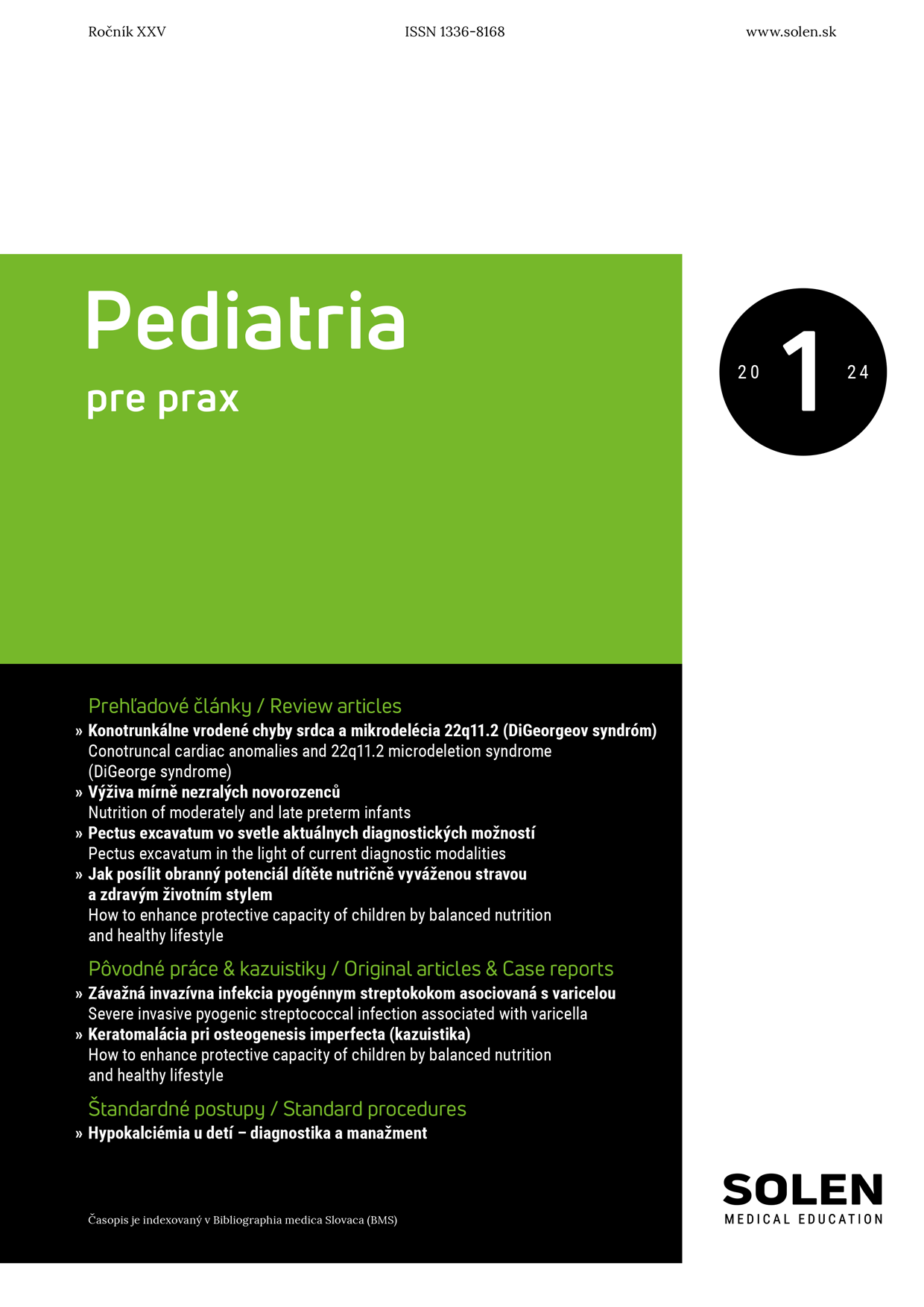
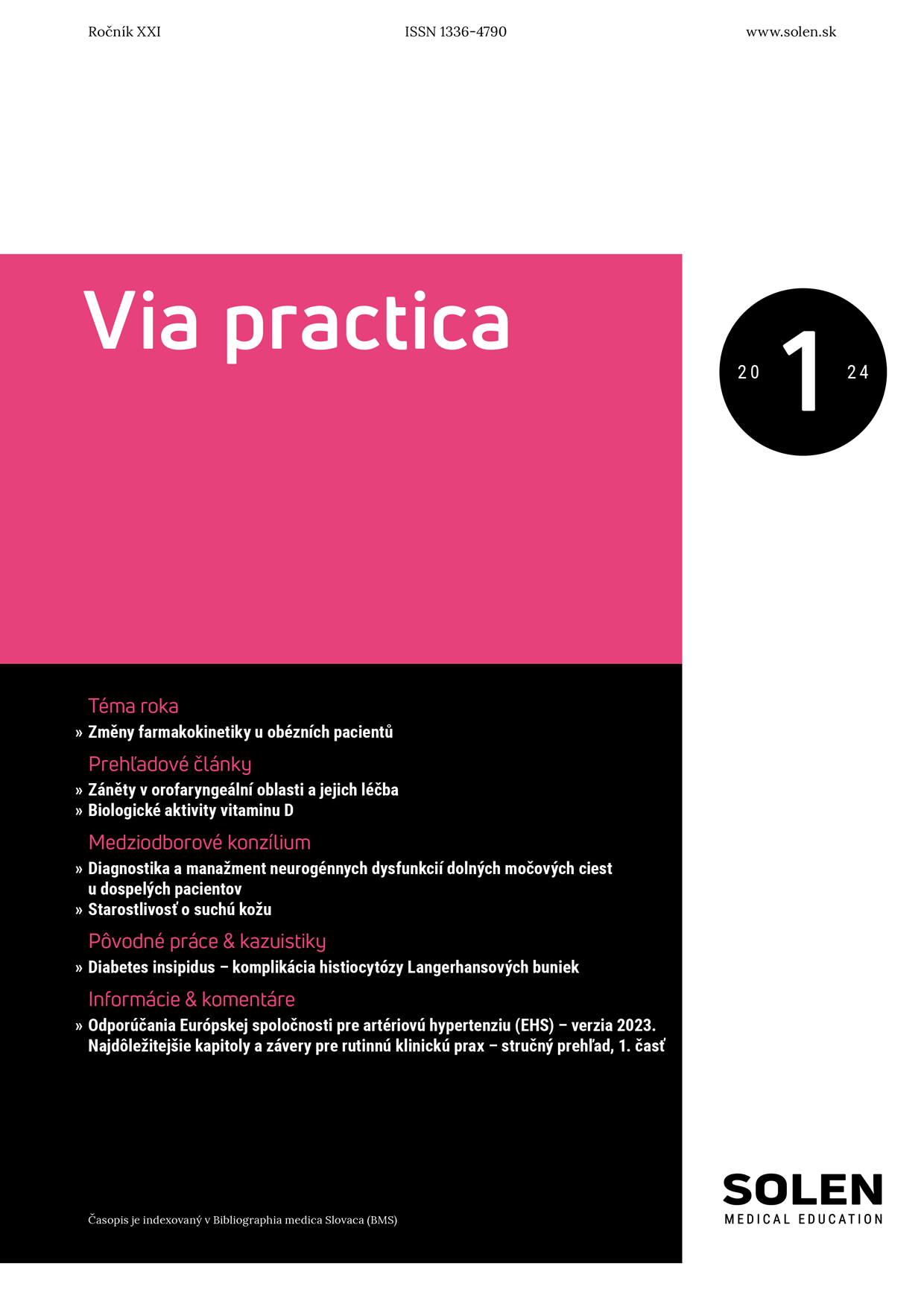
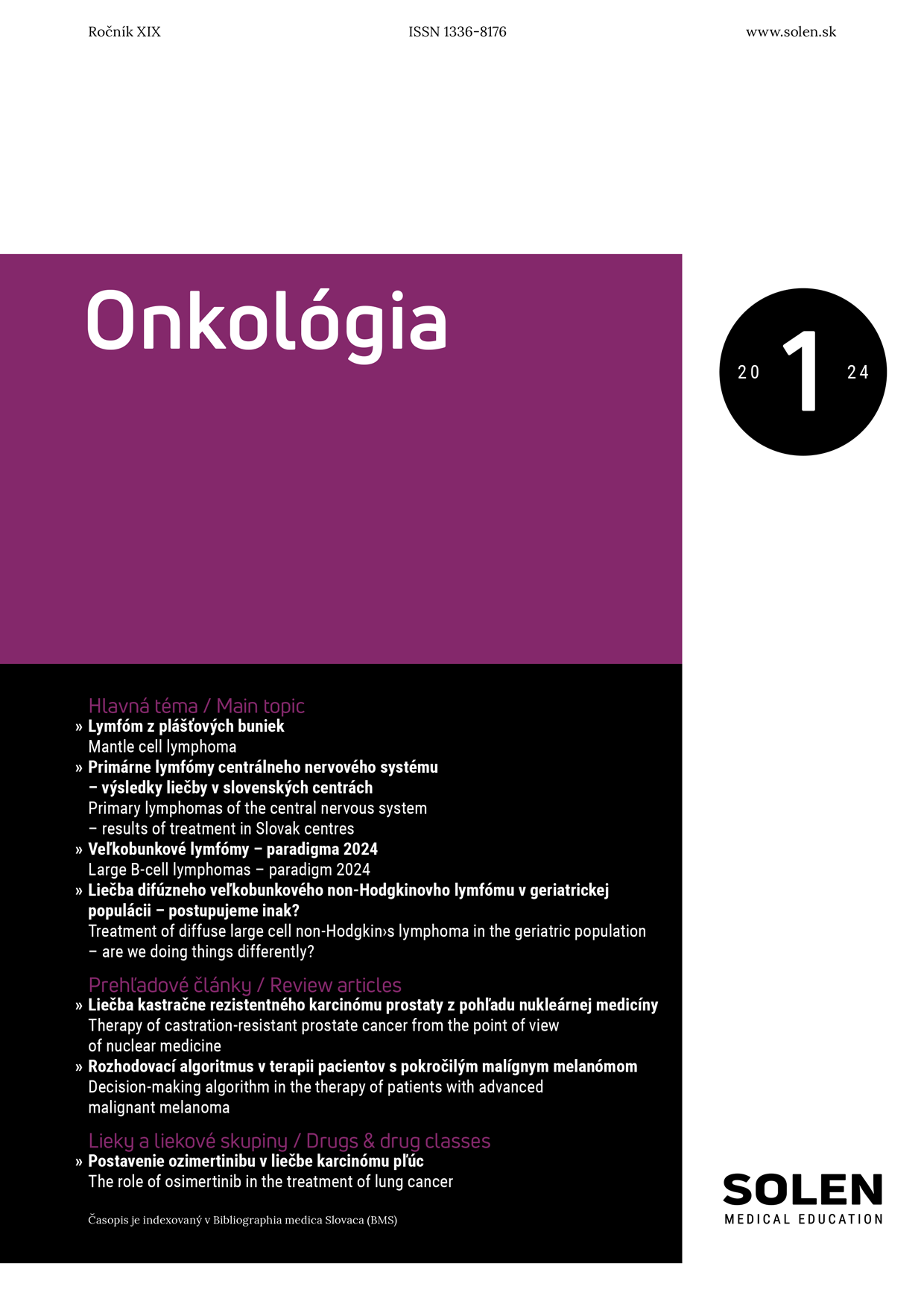
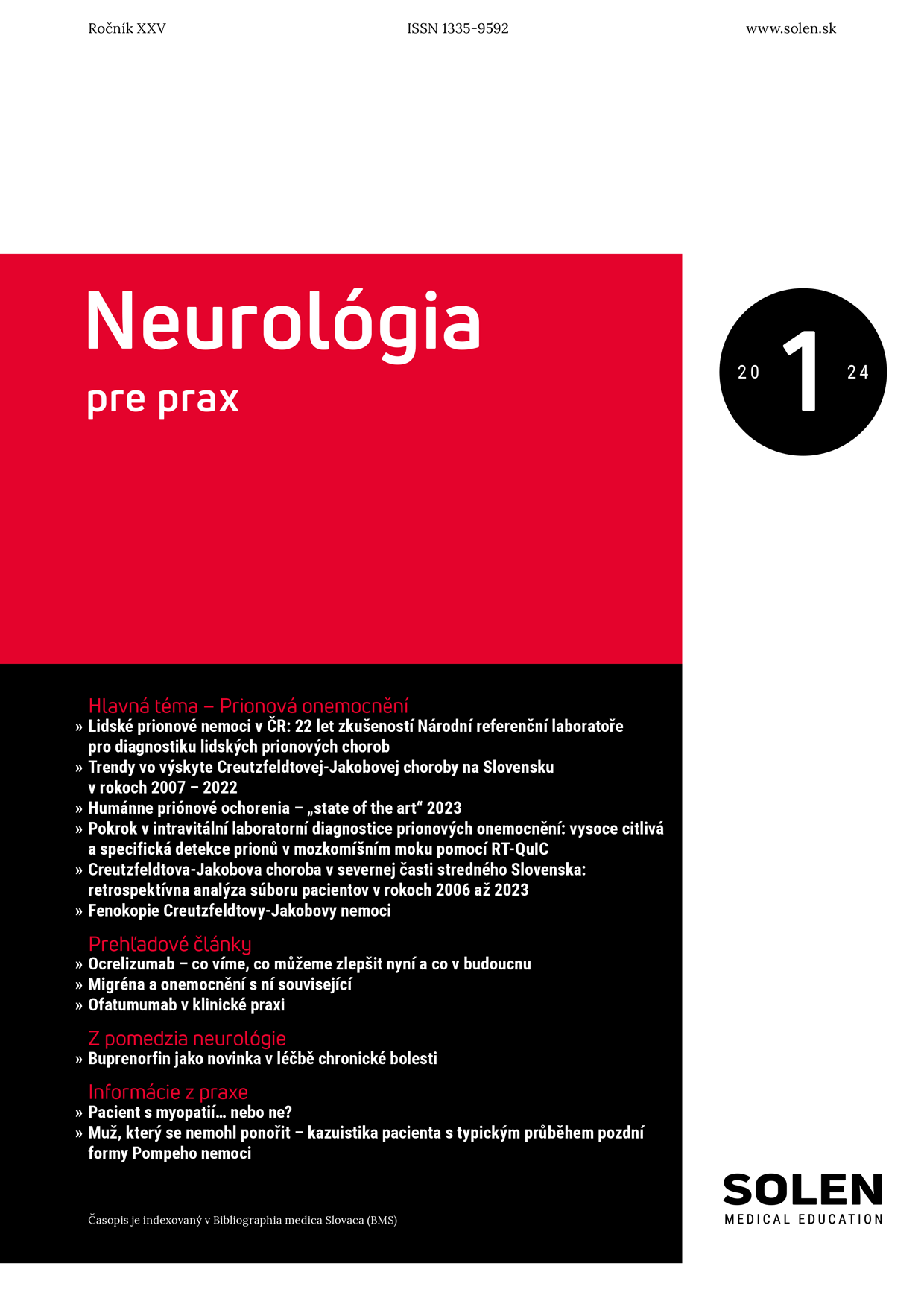
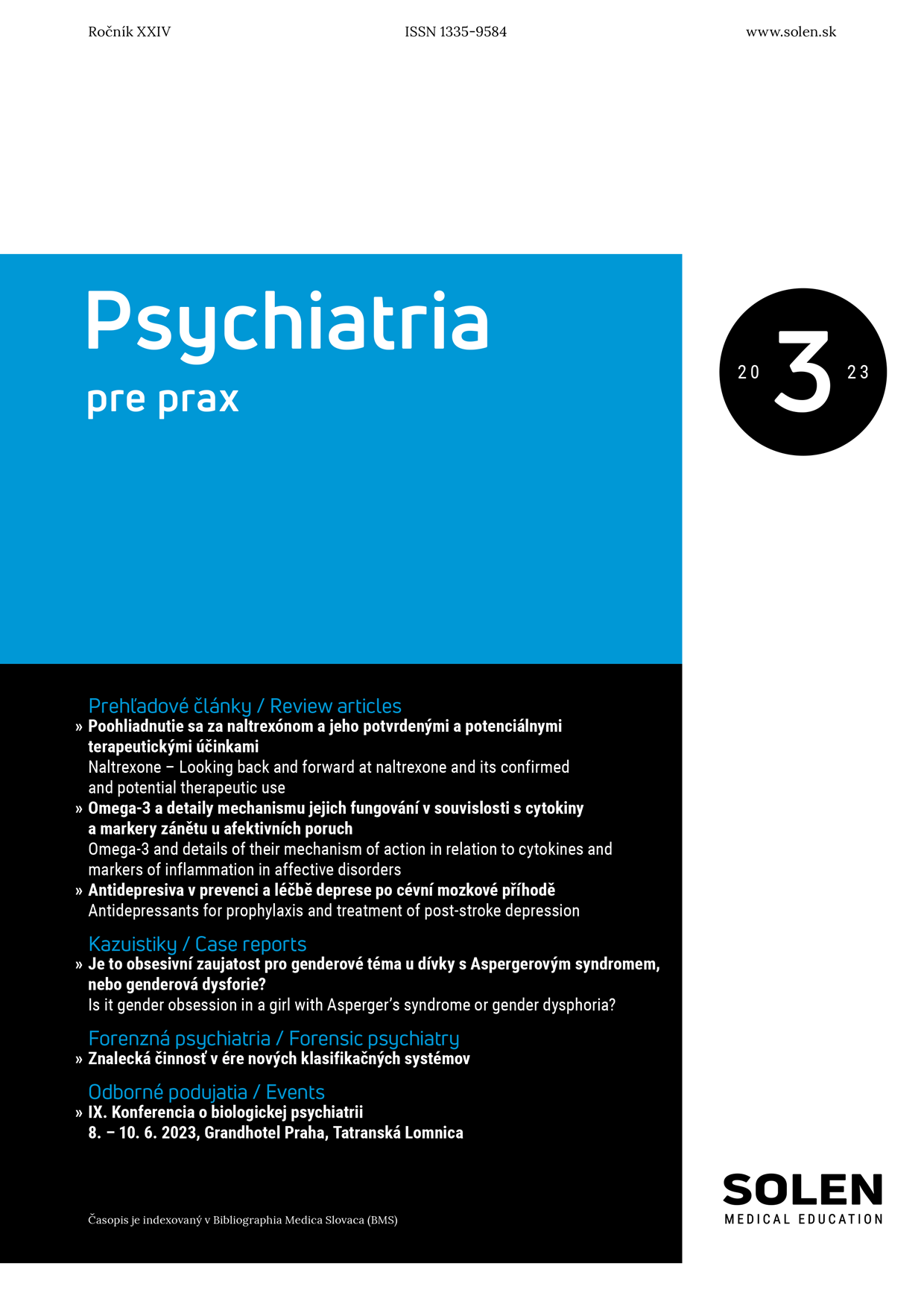
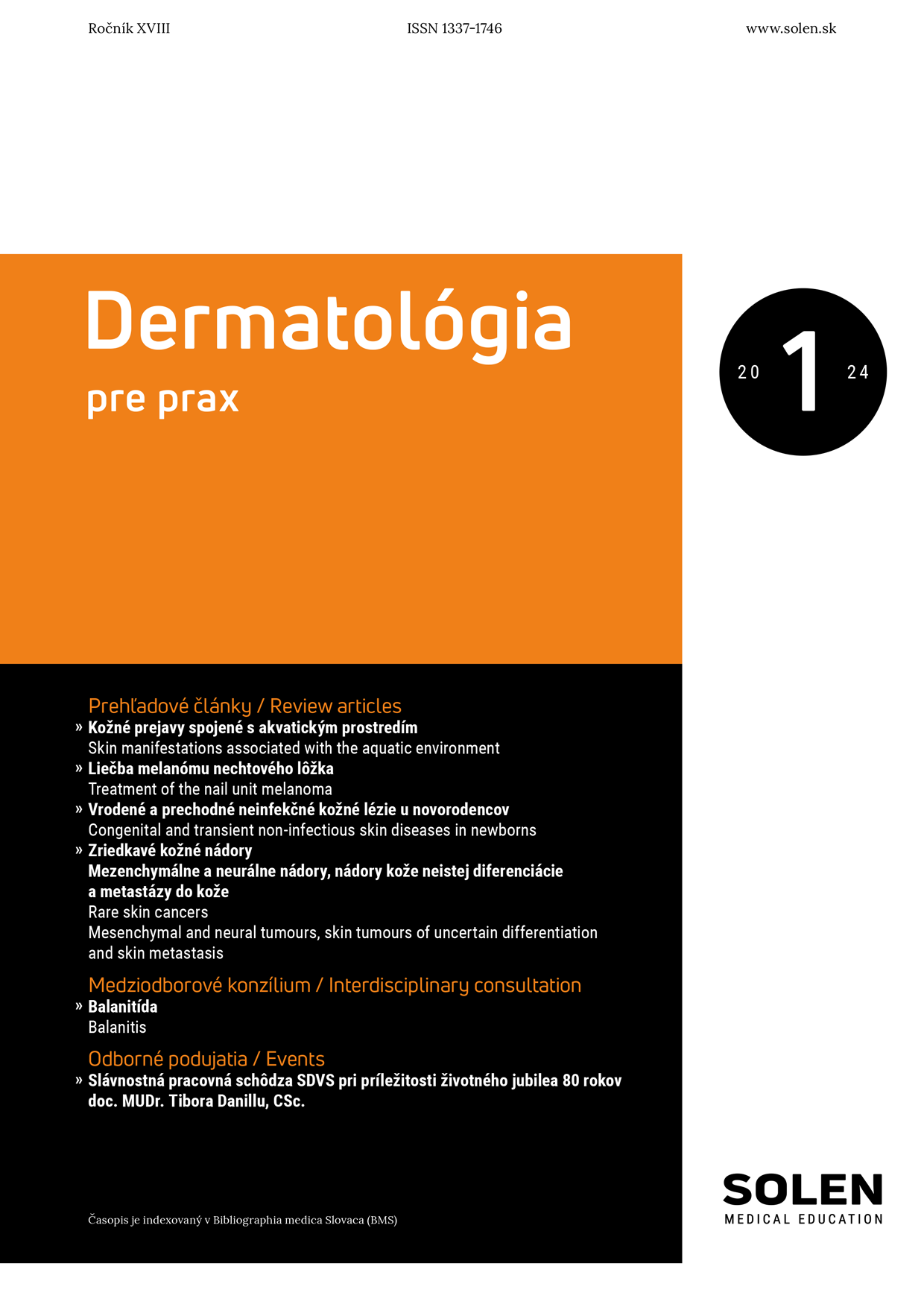
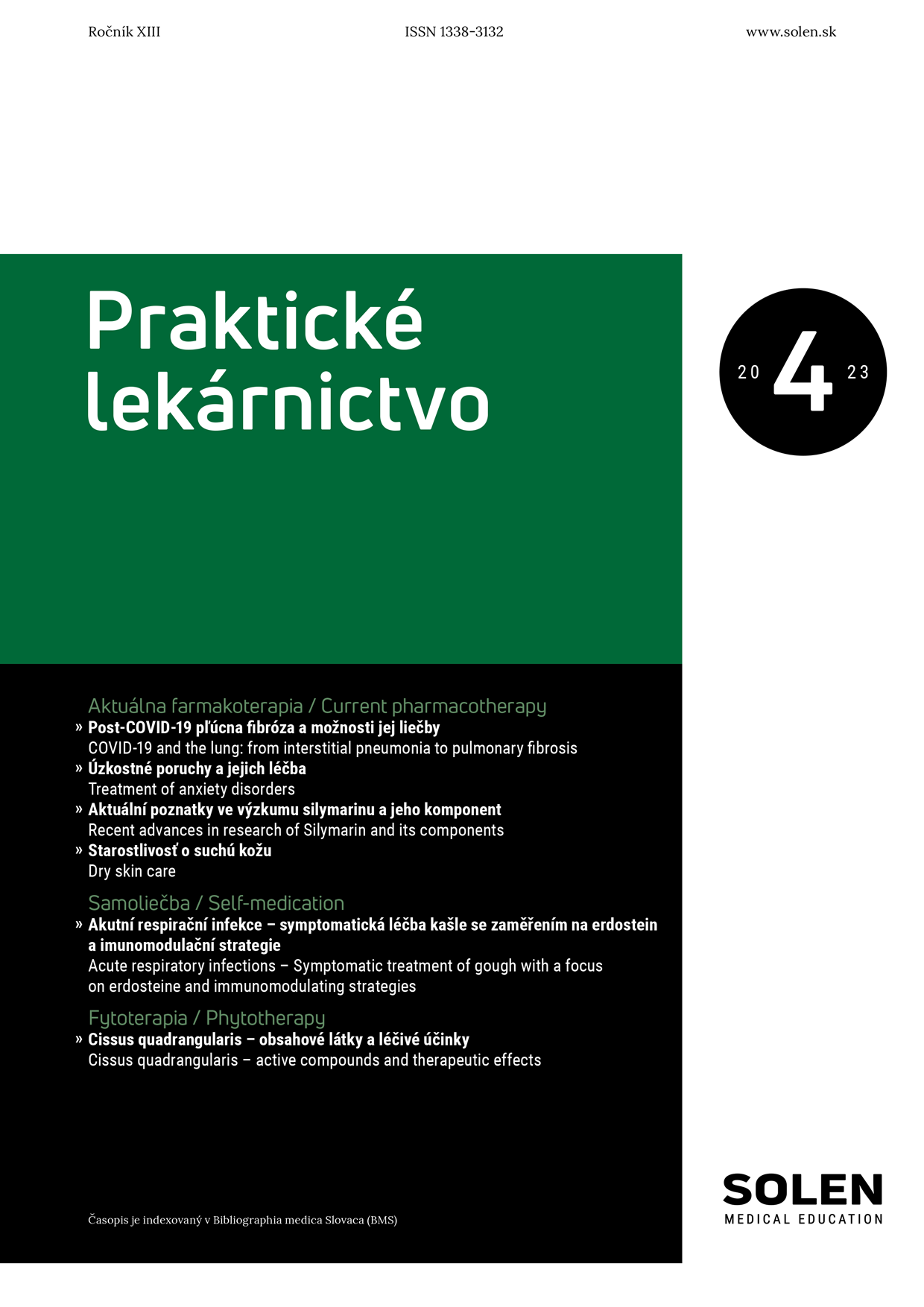
-1.png)
